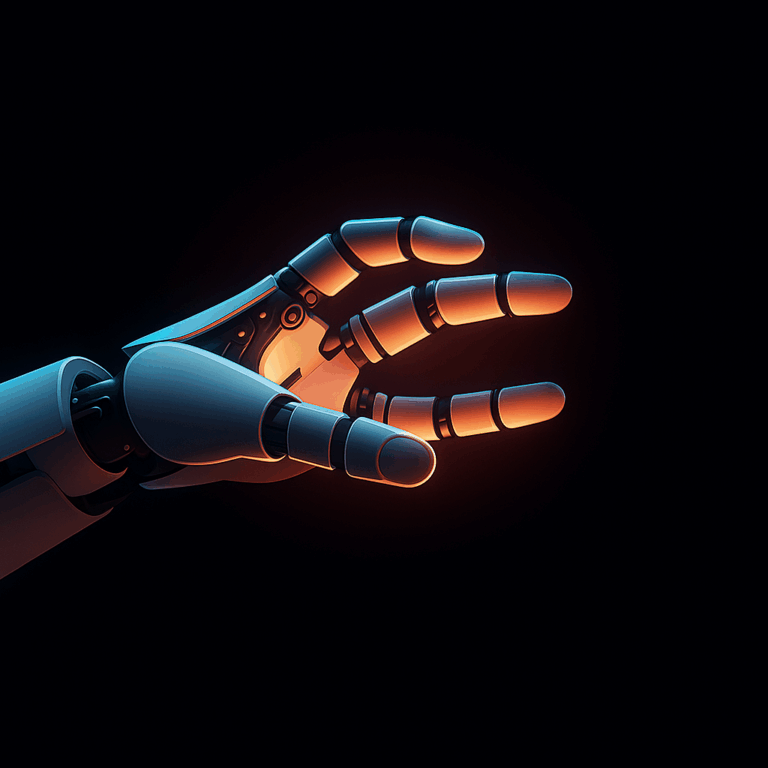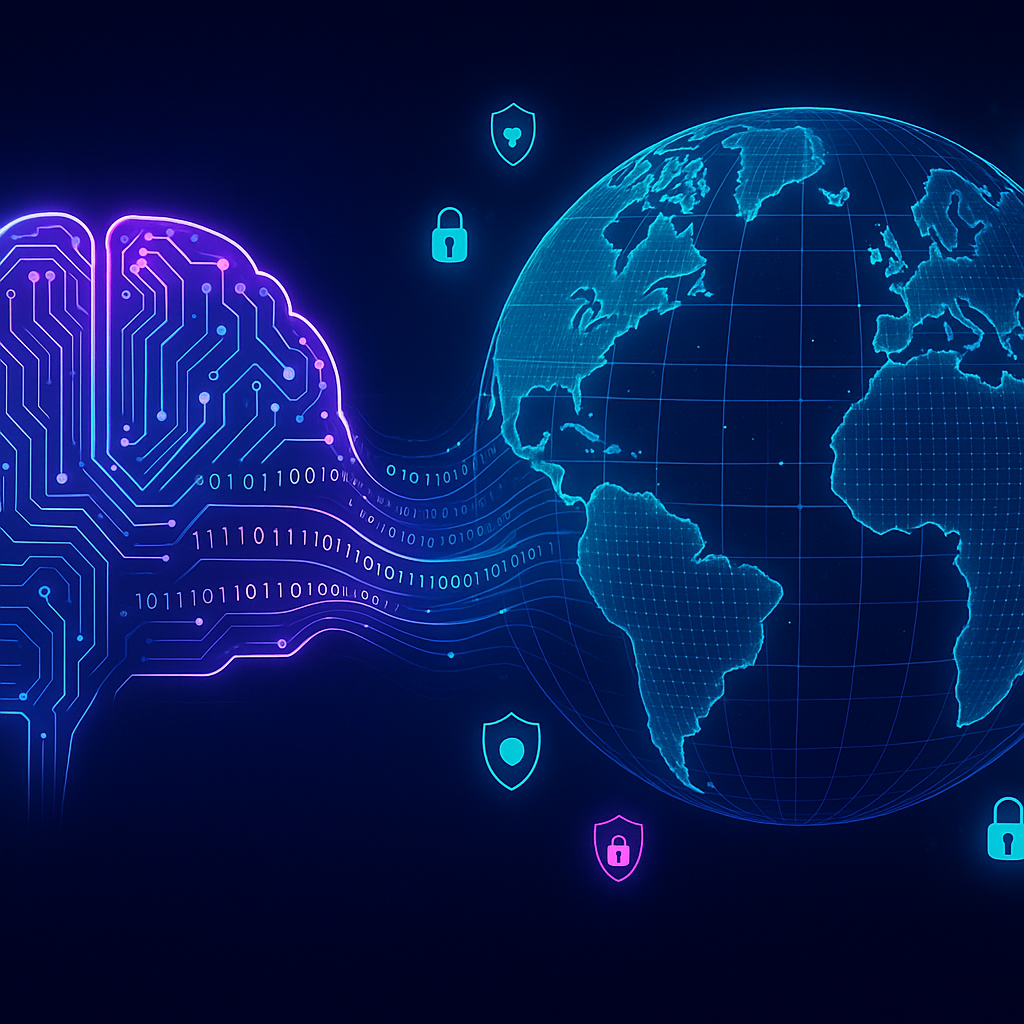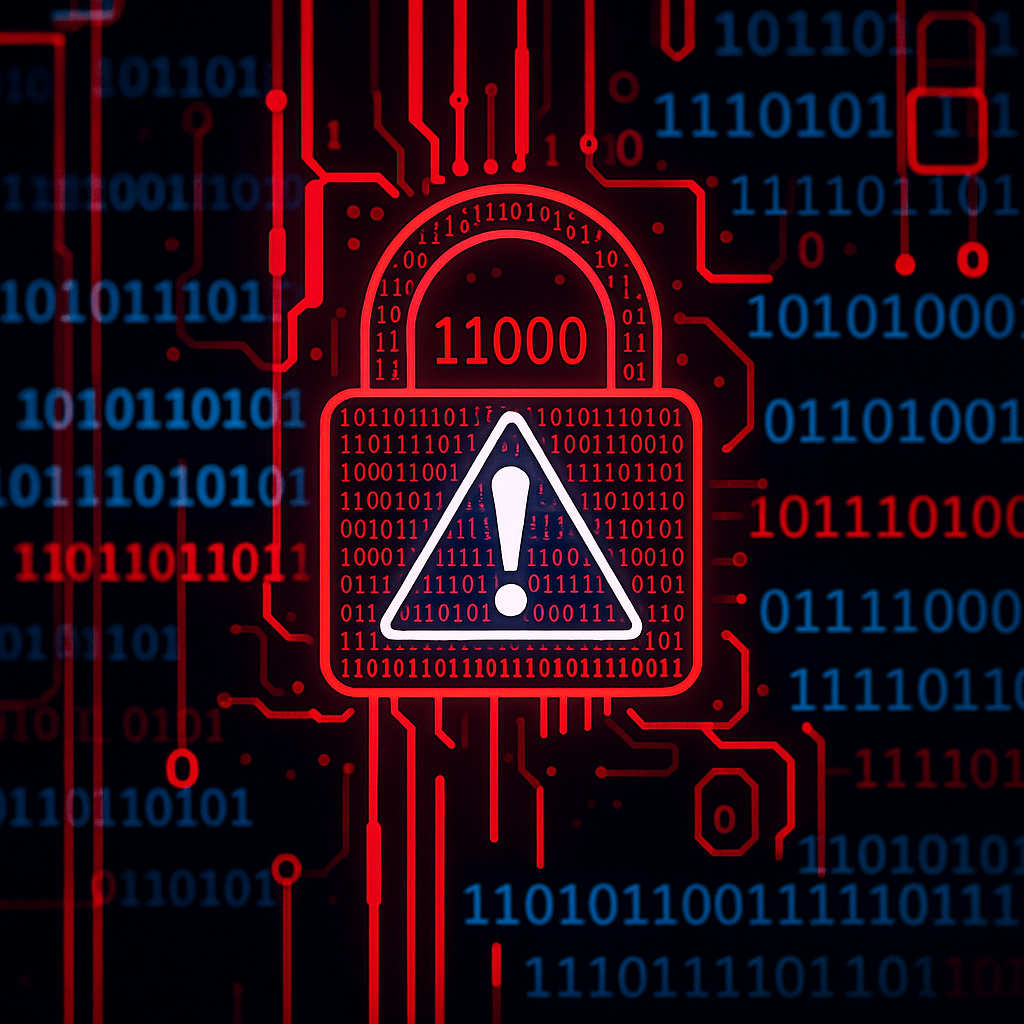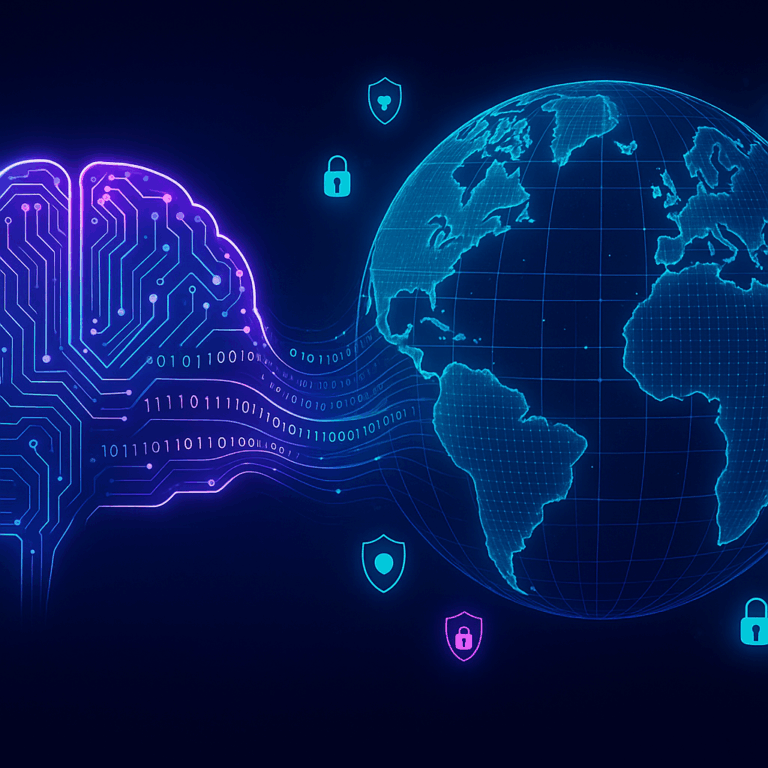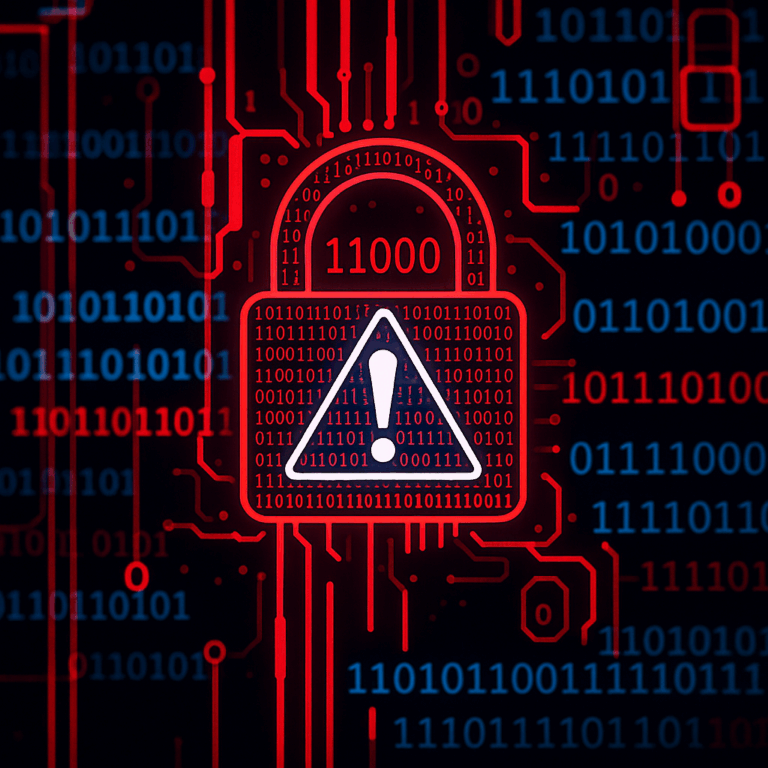In the fast-paced sphere of cybersecurity, threat landscapes are constantly evolving, and traditional methods of protection are facing mighty challenges. Cyber attackers are becoming more sophisticated, creating a complex web of unseen threats. This is where Artificial Intelligence (AI) enters the arena, promising to bolster defenses with unparalleled precision. But how exactly can AI refine penetration testing in cybersecurity? Let’s delve deeper!
The Role of AI in Penetration Testing
Penetration testing, often referred to by professionals as pen testing, involves simulating cyberattacks on a system to identify vulnerabilities before malicious entities do. When enhanced with AI, penetration testing transforms into a robust fortress.
What is the Attack?
AI-driven attacks are sophisticated cyber assault tools that imitate real-world hacking strategies but are supported by intelligent algorithms. These tools often include advanced techniques like phishing, malware injection, and exploiting software vulnerabilities. The power of AI comes into play as these attacks can adapt, learn, and evolve, mimicking human-like hacking processes but at exponentially greater speeds.
How Does It Work?
AI enhances penetration testing through:
- Automation: AI automates repetitive tasks, making AI-driven tools both efficient and capable.
- Predictive Analytics: Machine Learning (ML) algorithms can predict potential security breaches before they occur.
- Anomaly Detection: Identifying unexpected patterns or outliers with accuracy, thus aiding in discovering undiscovered vulnerabilities.
The combination of these capabilities allows AI to mimic attacks more realistically. Moreover, these systems can handle a massive influx of data, prioritize threats, and notify teams in real time. As cyber threats evolve, AI technologies continually learn and adapt, improving the efficacy of penetration testing efforts.
Why Does It Matter in Today’s Cybersecurity Landscape?
In an era where digital data is paramount, AI-assisted penetration testing plays a critical role for organizations striving to protect sensitive information and maintain trust. Here’s why:
- Advanced Threat Detection: AI significantly speeds up the detection of complex threats, minimizing potential damage.
- Cost Efficiency: By automating routine processes, businesses save substantial resources otherwise spent on manual testing, allowing teams to reallocate efforts elsewhere.
- Adapting to New Threats: As cyber-attacks grow more sophisticated, traditional methods fall short. AI evolves with the threat landscape, continuously enhancing defenses.
- Compliance and Assurance: Meeting cybersecurity compliance requirements is easier with the detailed insights that AI-powered tests provide.
Real-World Applications, Challenges, and Future Implications
AI’s application in penetration testing has already shown promise in multiple industry sectors. For example, financial services opt for AI tools to combat fraud by detecting anomalies in transactional data. Similarly, health sectors have begun using AI to secure patient data against breaches by monitoring access patterns.
However, despite its promise, the integration of AI in cybersecurity isn’t without challenges. Concerns include the potential for AI systems to be attacked themselves, the need for continuous data to train algorithms, and the ethical use of AI in cybersecurity testing. Despite these hurdles, professionals agree that AI’s potential benefit outweighs the risks, and continuous research and development remain essential.
Looking to the future, AI is expected to revolutionize the cybersecurity sector further. Innovations like AI-based autonomous systems foresee a time when responses to threats are not just rapid but preemptive. Advanced enemy simulation technologies and improved cybersecurity protocols will empower businesses to move beyond reactive defense mechanisms, achieving a safer digital world.
Conclusion
AI stands as a transformative force in penetration testing, offering predictive, proactive, and precise capabilities in identifying and combating cyber threats. As threats become more complex and technology further intertwines with our daily lives, embracing AI in cybersecurity practices is not just advantageous but necessary. In our quest for cyber resilience, AI provides the cutting-edge shield needed to protect our digital fortresses.
References:
- EC-Council, “AI and Cybersecurity in Penetration Testing,” [Online]. Available: https://www.eccouncil.org/cybersecurity-exchange/penetration-testing/ai-and-cybersecurity-in-penetration-testing/
- J. Smith, “The Role of AI in Cybersecurity,” Cyber Defense Magazine, 2022.
- A. Brown, “Machine Learning and Its Applications in Cybersecurity,” Journal of Cybersecurity Trends, 2023.
